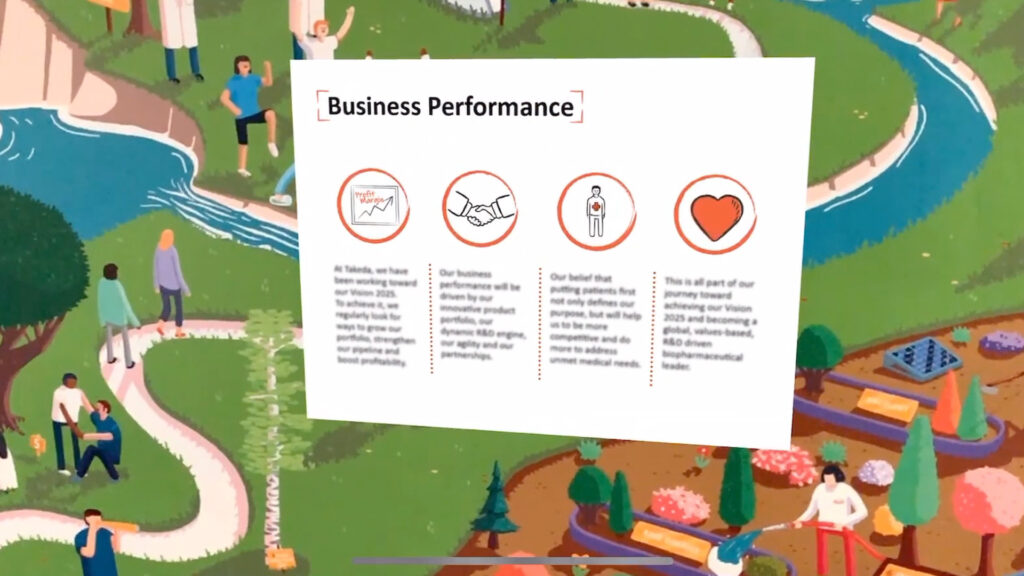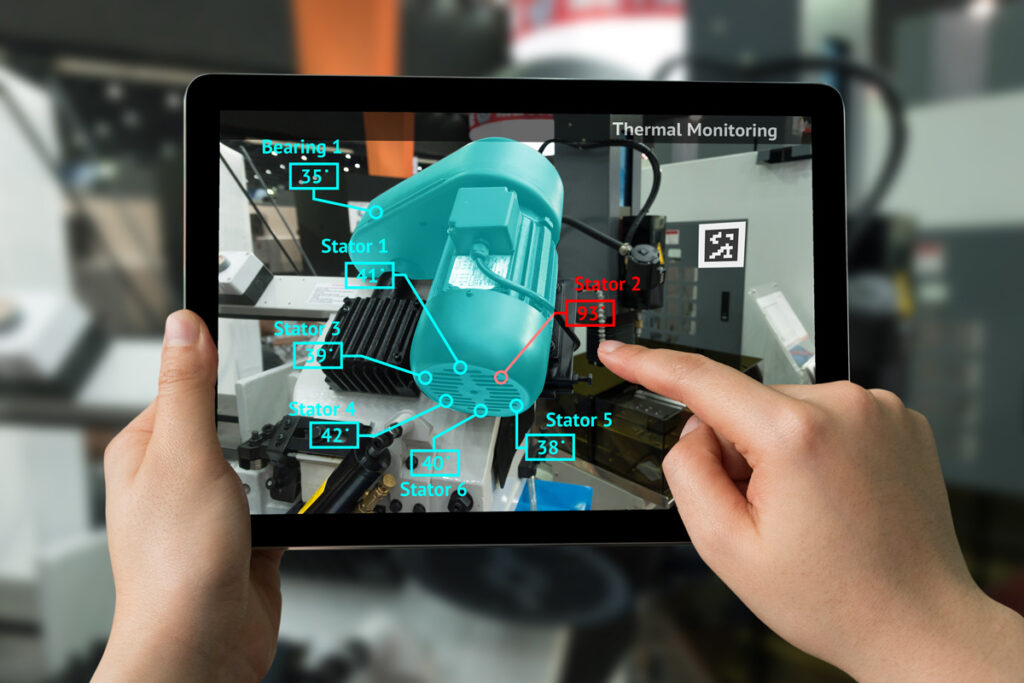Augmented reality training at Sliced Bread Animation
The transformative impact of AR training on the workplace is undeniable, and the benefits are not limited to improving employee performance and productivity.
AR technology can enhance workplace safety, increase employee engagement and job satisfaction, and ultimately, contribute to your bottom line.
As such, businesses that are serious about remaining competitive in today’s fast-paced economy would be wise to explore the many benefits that AR training can offer.
To find out more about how we can assist you in harnessing the power of AR, please contact us.
FAQs
How do you develop AR training?
Developing AR training requires a systematic approach that involves several steps. Firstly, the learning objectives and goals for the training should be identified. Once the objectives are clear, the next step is to determine the most appropriate AR technology and platform for delivering the training content. This includes selecting the hardware and software components required for creating the AR experience.
After selecting the technology, the instructional design phase can begin, where the content is developed and organised into a format that is suitable for AR delivery. The content should be designed in a way that encourages interaction, engagement, and active participation from learners.
User experience (UX) design is also an essential part of creating effective AR training.
Finally, the AR training solution must be tested and evaluated to ensure that it meets the learning objectives and effectively engages learners. This involves testing the usability of the AR solution, as well as evaluating the learning outcomes and assessing the impact of the training.
Is there an AR training certification?
Yes, there are several AR certifications available that provide individuals with the necessary skills and knowledge to develop, design and deliver AR training solutions.
The most common AR certifications are offered by technology vendors, such as Microsoft, Apple, and Google, as well as professional organisations like the International Association of Virtual Reality and Augmented Reality (IVRA) and the Augmented Reality Marketing Association (ARMA).
These certifications typically cover topics such as AR development, AR design, UX design, AR hardware and software, and AR content creation.
How do you create augmented reality training?
Creating effective augmented reality training requires careful planning and execution.
The first step is to identify the learning objectives and goals of the training. Once these are established, the next step is to determine the most appropriate AR technology and platform for delivering the training content.
The content should be designed in a way that encourages active participation and engagement from learners. This includes creating interactive elements, such as quizzes, games, and simulations, that can be integrated into the AR experience.
User experience (UX) design is also crucial to ensure that the AR training solution is intuitive, easy to use, and effective in conveying the learning content.
In addition to content creation, the development process for AR training involves coding and programming, as well as testing and evaluating the solution. It is also essential to regularly update and maintain the AR training solution to ensure that it remains relevant and effective over time.











